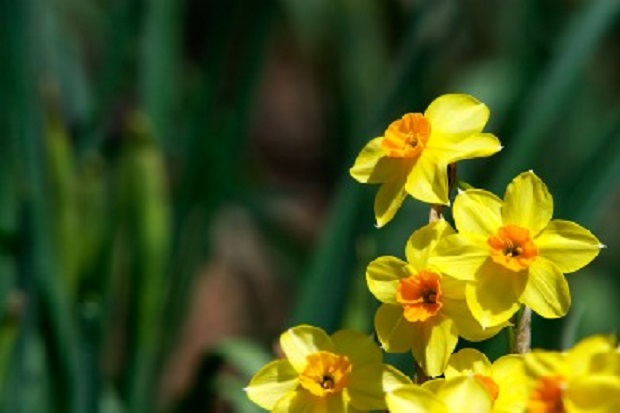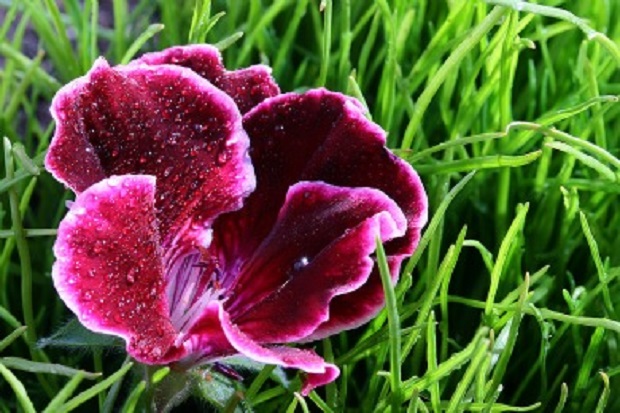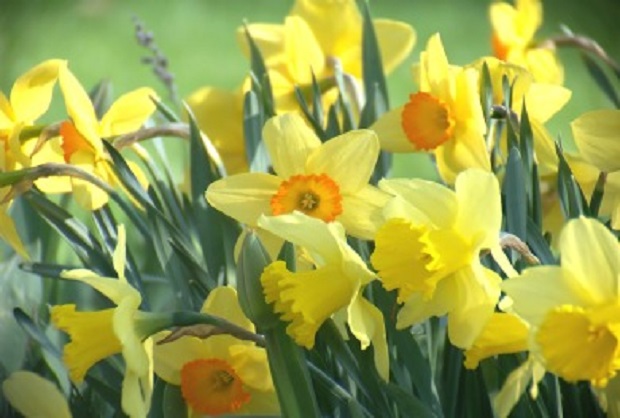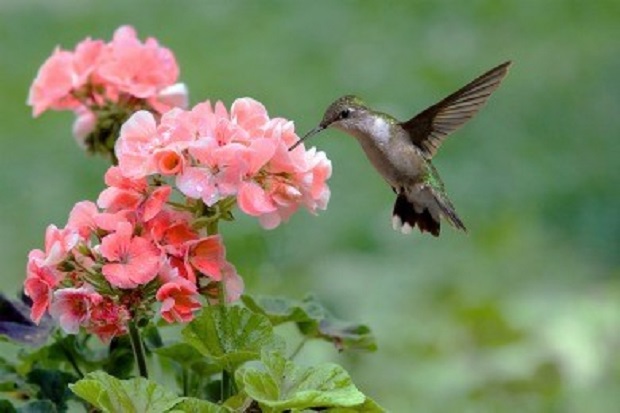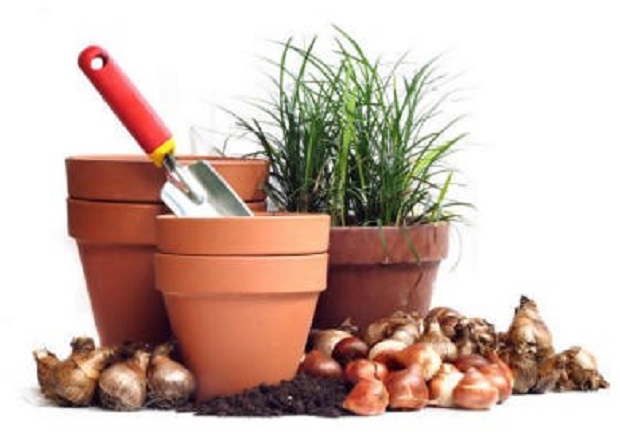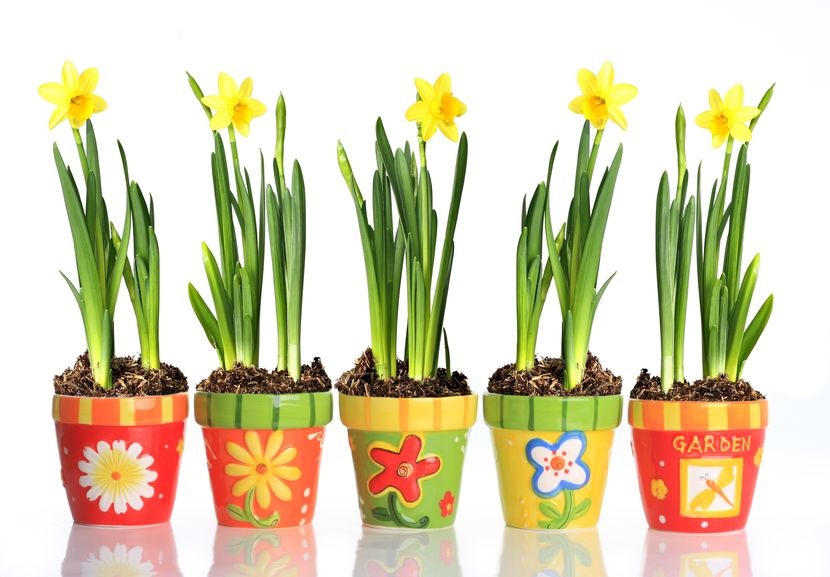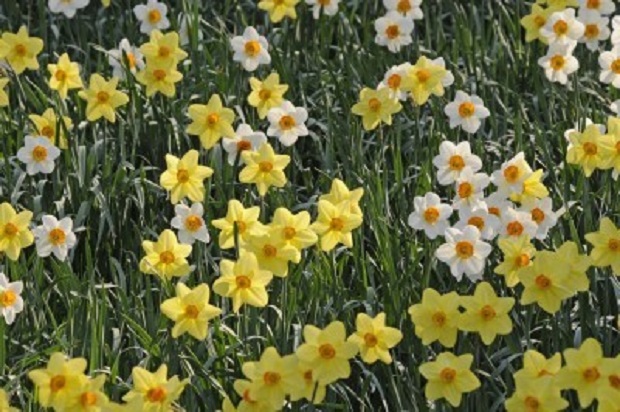
Why Aren’t My Daffodils Blooming?
If your daffodils are not blooming, it is a sure sign that something is amiss. Here are a few troubleshooting tips to figure out what may be causing the problem.
Do Your Daffodils Need to Be Divided?
A telltale sign that your daffodils are ready to be divided is that the plants are no longer blooming. Daffodil bulbs produce more bulbs each year that will ultimately compete with the original bulb for nutrients. If your plants are not emerging, are less prolific than in previous years, or do not seem as healthy as they once were, it is time to divide them. Every three to five years is generally a good time to divide your bulbs.
Has the Soil Been Exhausted of Nutrients?
Plants require the nutrients of the soil to grow and bloom. If your daffodils have exhausted the soil of nutrients, you will need to either add nutrients or replant the bulbs somewhere else. You can tell if your soil is poor by digging up the bulbs. Dry, powdery soil is a sign of depletion as well as a yield of small, crowded new bulbs.
Did You Plant Them Too Shallow?
If your brand-new plantings fail to appear in the spring, you may not have planted them deep enough. Shallow plantings can become damaged by frost in the winter in colder climates or can be scorched by the sun in hotter climates. Foot traffic and lawn equipment can also cause damage to bulbs that have not been planted deep enough. You need to plant your bulbs at a depth three to four times the length of the bulb, which is usually an average of six to eight inches deep.
Did You Remove the Foliage Last Year?
Many people cut back or mow the foliage as soon as their daffodils are finished blooming. Even after they bloom, the plant requires the nutrients the leaves provide. By removing the leaves, you are essentially eliminating the plant’s food source. Instead, the leaves should be kept intact until they turn brown and wither.
Did You Over-fertilize?
Daffodils are not heavy feeders and only require light fertilization in the spring. Too much fertilizer promotes foliage production, which may inhibit blooming. Over-fertilizing can also introduce disease.
Do You Have Squirrels?
While foraging, squirrels will dig up any bulbs that are accessible. If you dig at your daffodil planting site to find out why they haven’t bloomed and find that the bulb has disappeared, a squirrel has likely absconded with it. You can attempt to discourage this behavior by planting the bulb at the proper depth and packing the soil tightly.
Resources
“THINK SPRING – THINK DAFFODILS.” East Texas Gardening. N.p., n.d. Web. 24 May 2012. http://easttexasgardening.tamu.edu/tips /flowers/daffodil.html
Jelinek, Roxann. “Daffodils.” Brown County’s Master Gardener’s Weeder’s Digest. University of Minnesota, n.d. Web. 24 May 2012. <www.extension.umn.edu/county/Brown/ news/MasterGardenerSpring2010Newsletter.pdf>
“Yard and Garden: Planting Spring-Flowering Bulbs | Iowa State University Extension and Outreach.” Iowa State University Extension and Outreach. N.p., n.d. Web. 24 May 2012. <http://www.extension.iastate.edu/article/yard-and-garden-planting-spring-flowering-bulbs>.
“Perennial Flowers 101.” Department of Geography, Hunter College – CUNY. N.p., n.d. Web. 24 May 2012. <http://www.geo.hunter.cuny.edu/~mclarke/Perennials101.htm>
